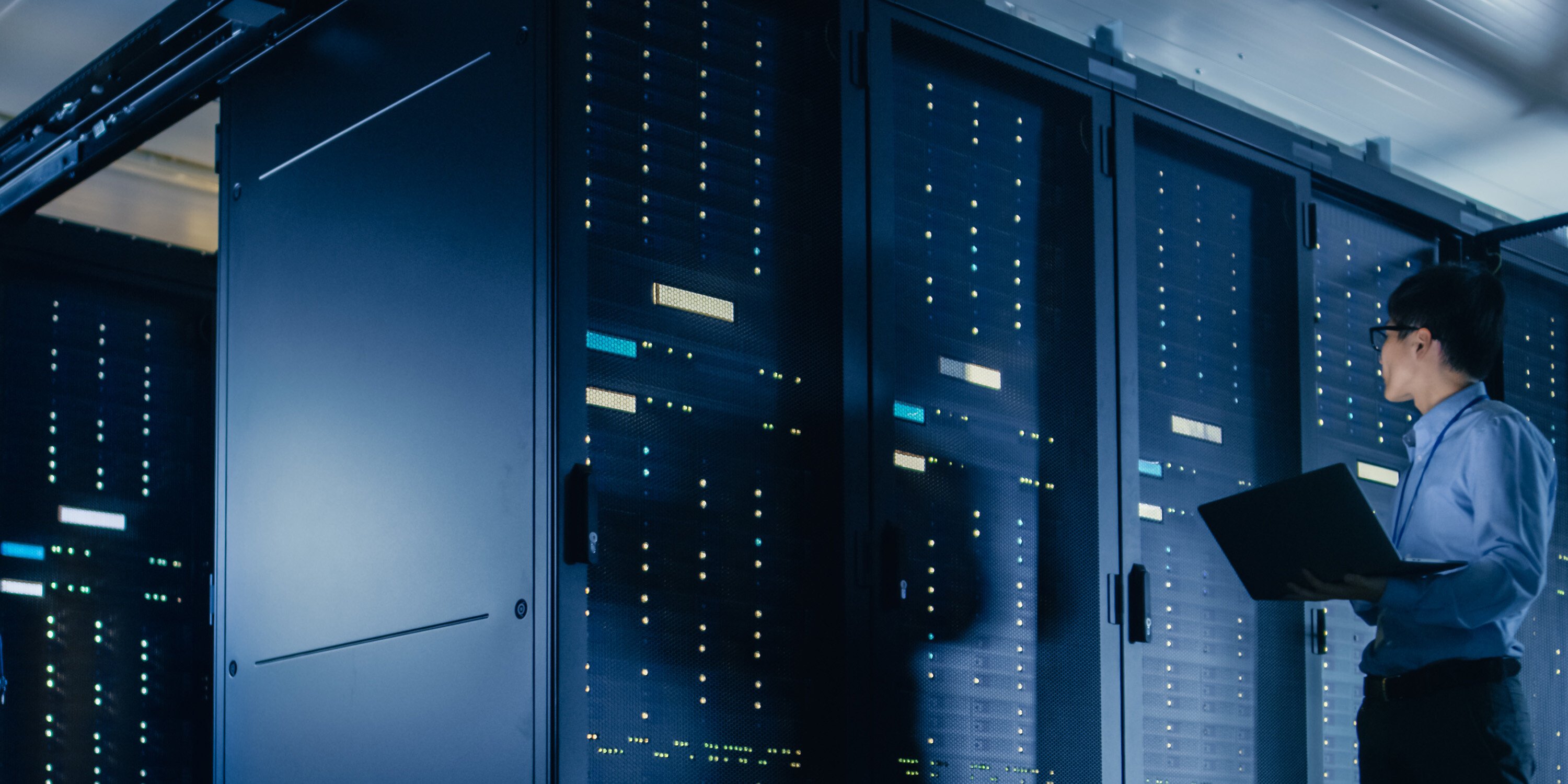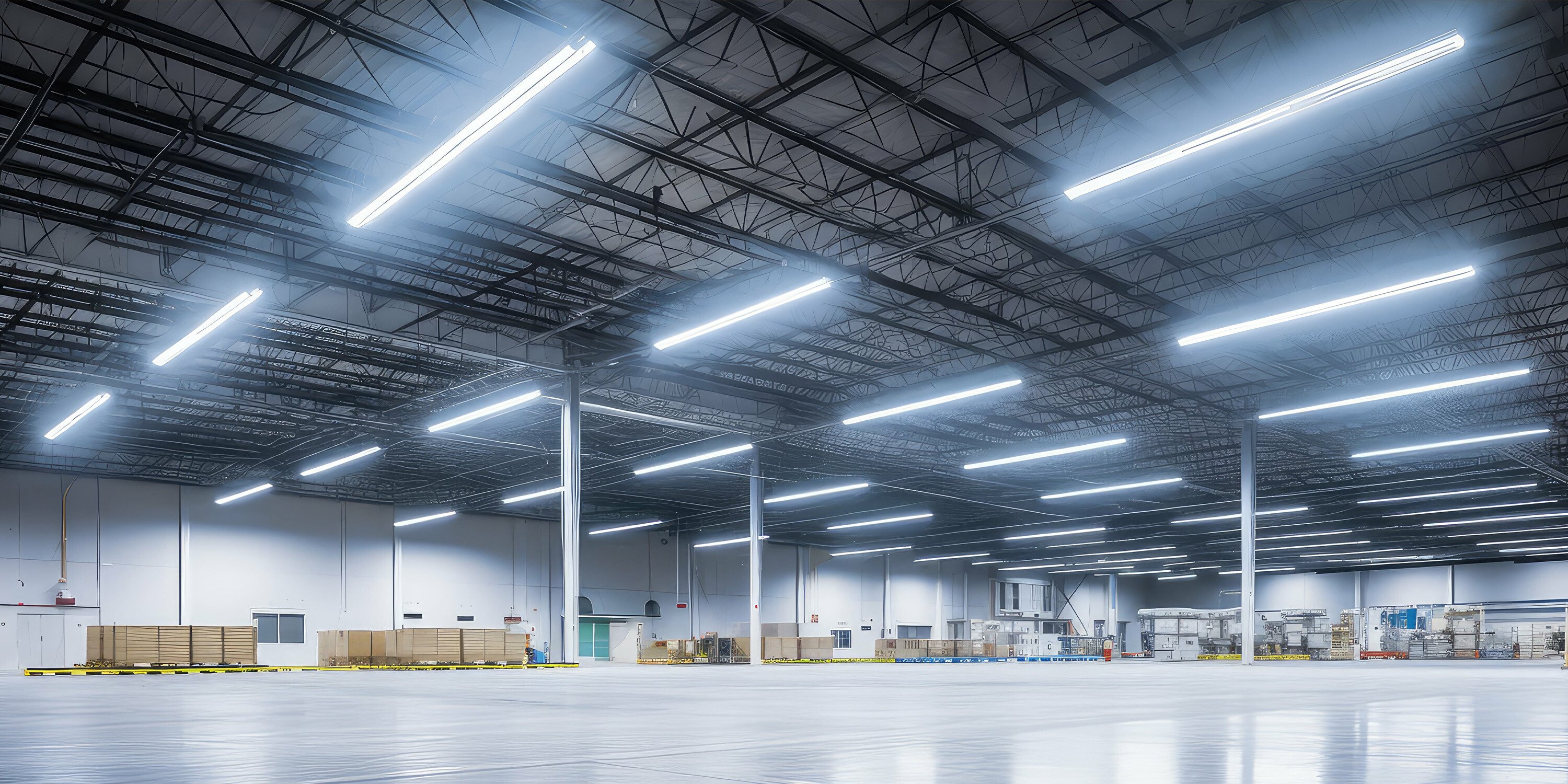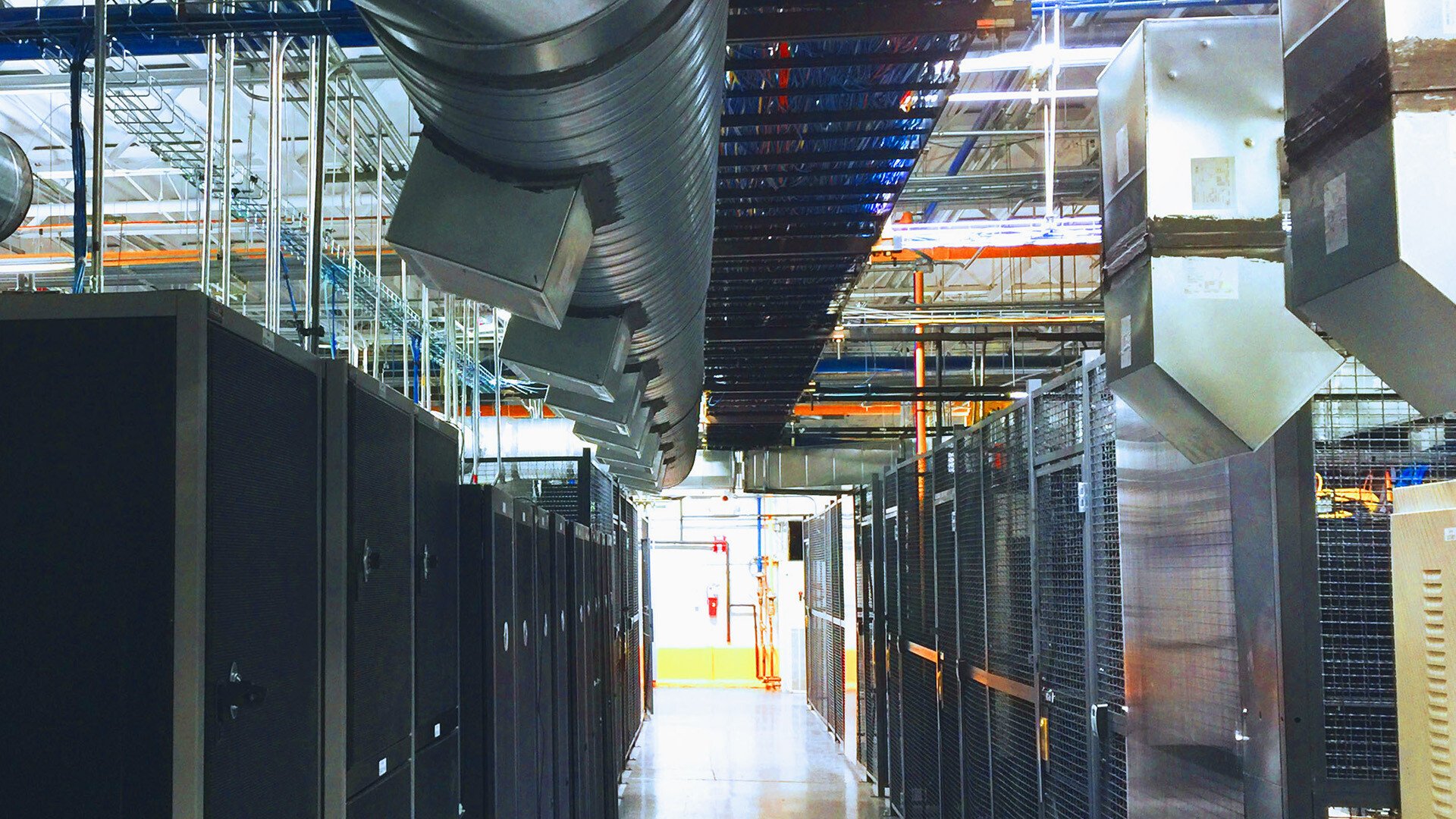Energy Efficiency | September 18, 2018
Hotel Energy Efficiency: Cutting Costs While Enhancing Guest Comfort
Considering updating your hotel for efficiency? We have some suggestions on how to lower energy use in your hotel, while minimizing disruption to operations and discomfort to guests. Here are some energy saving tips for hotels considering optimizing energy use.
What are some simple things hotels can do to increase efficiency?
There are three key ways to increase energy efficiency in a hotel: Updating lighting, retrofitting fan coil motors, and implementing guest room energy management systems.
1. A key way to increase energy efficiency is to update the lighting in the entire hotel.
- A full re-lamp project includes guestrooms, public spaces and the often overlooked back of house. Converting incandescent, halogen and fluorescent lamps makes a big impact – reducing the electricity bill and giving the hotel a more up to date look.
- Some hotels are still concerned about dimming quality and the look of LEDs, but these things are not an issue when you work with qualified companies to navigate lighting selection
2. An often overlooked efficiency measure is to retrofit existing fan coil units with Electronically Commutated (EC) motors.
- All guest room fan coils have a motor in them that drives the fan; when the units are more than five years old, they are no longer very efficient.
- By replacing these with EC motors hotels save a significant amount of energy. The added benefit to your guests is a quieter motor – this replacement reduces the noise of the fan coil when it ramps up and down.
3. Hotel room energy management systems are perhaps the most effective way to reduce energy consumption in a hotel that has already been re-lamped.
- Guest room controls can control lights, temperature and shades, as well as integrate into the audio visual controls. The largest benefit of these systems is temperature control.
- You set a maximum and minimum temperature, so guests cannot make the room extremely cold or hot and stress the HVAC units.
- These thermostats can be integrated with door locks or door contacts and outfitted with occupancy sensors, so they can determine if someone is in the guest room. Using just traditional occupancy sensing causes mixed results and usually turns into a guest complaint.
- Integrating the system with the door means the system knows when they door opens and closes, and scans the room to see if anyone is there. If someone is there, the system maintains the temperature at the guest’s setting — even when they are asleep.
- The temperature only changes when the guest changes it or the door opens and closes and the sensor indicates the room is empty. The system then reduces the temperature setting a few degrees to save energy and be able to quickly recover when the guest returns.
- To take it one step further, these systems can be integrated with the property management system (PMS), so when the room will be unsold for multiple days the system reduces the temperature significantly or turns off completely to conserve energy.
What is the turnaround time for installation of efficiency projects?
Installing efficiency measures, such as a room energy management system, in a full guestroom can take anywhere from one to six months depending on the complexity of the install and what equipment is being used.
Replacing the boiler/chiller for the property is a three to five month project. Re-lamping the hotel takes up to two months, usually much less.
Do energy efficiency retrofits (large or small) significantly interfere with the day-to-day business of the hotel or impact guests or staff?
Since the most important thing for a hotel is to continually provide excellent service to their guests, work is often scheduled during off hours (or early in the week) to prevent interference with hotel functions.
Are there specific tax and utility incentives available to hotels?
Yes, hotels are eligible for the same incentives available to other commercial buildings. In Manhattan for example, utility incentives are not categorized by the type of commercial building where the work is taking place. Custom mechanical work is eligible for incentives that will pay for up to 50% of the project. LED lighting can be prescriptive and typically incentives will pay for some of the project.
How do these upgrades improve the quality of the experience for guests and workers?
These investments can improve the quality of the guest experience by providing better lighting and giving them more control over the environment in their rooms. This, in turn, makes the jobs of hotel staff easier with better light quality in areas that were overlooked in the past—increasing security and helping reduce the chance of an injury. Guest room controls mean that housekeeping or facilities staff are not required to manually adjust room temperatures for guests.
In addition, by reducing operating expenses, the hotel is in a better financial position. This provides stability for the staff and a better value for guests.
5 new technologies that hotels are adopting to increase efficiency and lower energy use
There are several new efficiency measures that hotels are investing in these days. These include:
-
-
Hotel energy management systems in guest rooms
-
Variable refrigerant flow (VRF) and variable refrigerant volume (VRV) HVAC systems, which have a number of benefits including that they are designed to use only the amount of energy necessary for cooling in the current conditions
-
High efficiency washers and dryers for linens
-
Kitchen hood controls to help shut off kitchen hoods when not in use
-
LED fixtures with integrated sensors for stairwells and back of house locations, so the lights are only on when the space is occupied
-
Related Posts
Discover more content and insights from Mantis Innovation

The Cost of Inaction: Why Businesses Should Act Now on Energy Efficiency
In today's fast-paced business environment, the financial and operational losses businesses incur by delaying energy efficiency improvements, the "cost of inaction," is more relevant than ever.

In today’s AI era, human intelligence is the key to data center facility and energy optimization
Nowhere else in modern industry do artificial and human intelligence converge with such transformative potential as in the world of data centers. As AI's extraordinary growth accelerates demand for

Your Guide to LED Lighting for Business and Commercial Buildings
Never to be underestimated, LED lighting and well-designed lighting retrofits and upgrades offer businesses big improvements like reduced energy costs, reduced emissions, and improved working

Five Trends Driving Data Center Facility Energy Optimization
Today’s digital economy, commercial and industrial digitalization, and the recent explosion in artificial intelligence and machine learning (AI/ML) powered computing are driving massive growth in
